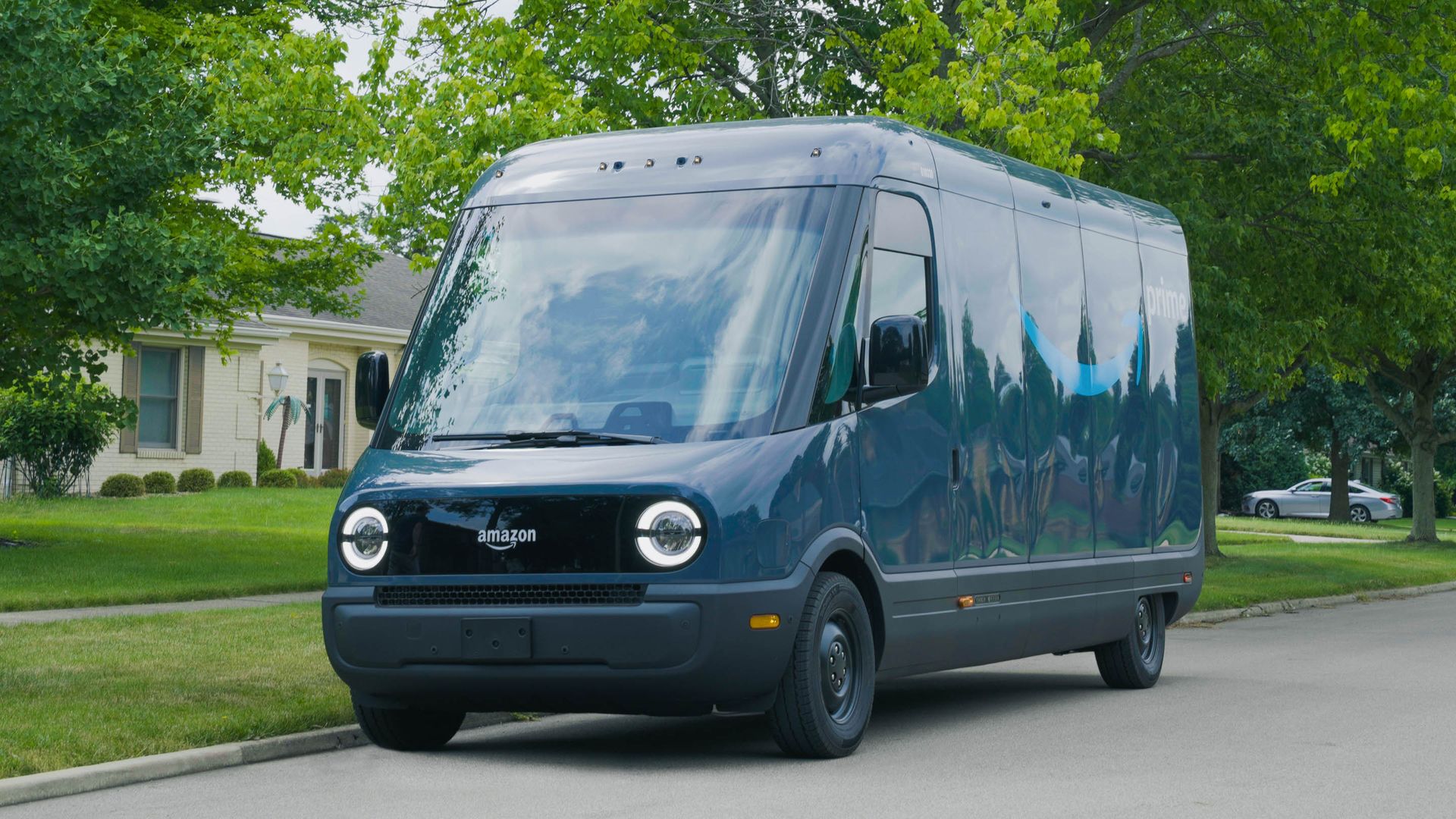| Automotive giant Ford is shoring up its battery supply chain — partly by importing lower-cost, iron-based batteries — as it sprints to increase electric vehicle production, Joann Muller reports. Why it matters: Using cheaper, safer and more durable iron batteries could accelerate demand for mass-market electric vehicles (EVs), and help automakers sidestep nickel and cobalt supply problems that have been driving up EV prices. The big picture: Carmakers' plans to shift away from gasoline-powered vehicles won't succeed unless they can secure reliable battery supplies. But with raw materials in short supply — and sourced primarily in Asia — the battery race is turning into a fierce geopolitical competition. Driving the news: Ford said Thursday it had lined up enough batteries to meet its short-term goal of producing 600,000 EVs annually by 2023, up dramatically from the 27,140 battery-powered cars it sold in the U.S. last year. - The company, which is spending $50 billion to expand its EV lineup, also said it was 70% to its goal of securing enough batteries to produce 2 million EVs annually by 2026.
- Ford announced a slew of related supplier deals and partnerships — including contracts to buy raw materials directly from mining companies, as other automakers have done.
Details: One way Ford intends to meet its EV targets: adding a second type of battery chemistry to its lineup called lithium iron phosphate (LFP), alongside its existing nickel cobalt manganese (NCM) chemistry. - Ford will initially import LFP battery packs from China's Contemporary Amperex Technology Co., Ltd. (CATL) for its Mustang Mach-E and F-150 Lightning pickup, starting next year.
- But it also wants to produce LFP batteries in North America, and plans to open a 40-GWh LFP cell factory by 2026.
Between the lines: Iron and phosphorous are abundant, which is why LFP cells cost at least 30% less than today's nickel- and cobalt-based batteries, explains Sam Abuelsamid, principal analyst at Guidehouse Insights. Yes, but: LFP batteries pack 30% less energy than similarly-sized nickel-rich batteries, which translates into shorter driving range. - This isn't a huge issue in China, because buyers there care more about price and durability than driving range.
- But Americans, who aspire to take long road trips, want longer-range EVs capable of going 300 miles or more between charges.
- Instead of installing a larger battery to meet their range expectations, carmakers can squeeze more LFP cells into battery packs by redesigning them, says Abuelsamid.
What they're saying: "We know that the battery material cost is where the war will be won in the short term," said Lisa Drake, vice president of EV industrialization for Ford's Model e division. Share this story. | 








No comments:
Post a Comment